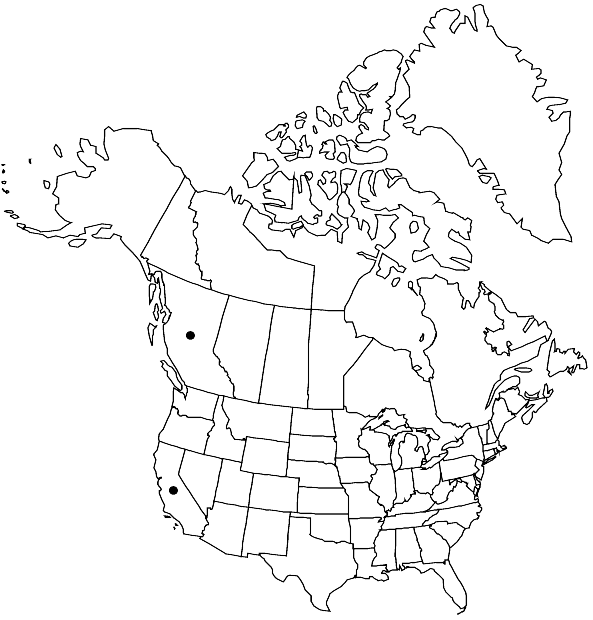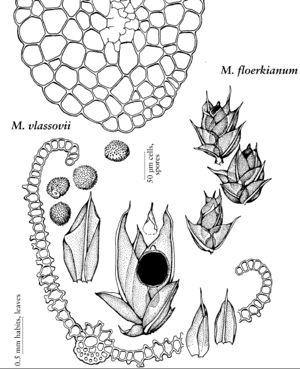Difference between revisions of "Microbryum vlassovii"
Bull. Buffalo Soc. Nat. Sci. 32: 240. 1993,.
FNA>Volume Importer |
imported>Volume Importer |
||
| (2 intermediate revisions by 2 users not shown) | |||
| Line 47: | Line 47: | ||
|publication year= | |publication year= | ||
|special status= | |special status= | ||
| − | |source xml=https:// | + | |source xml=https://bitbucket.org/aafc-mbb/fna-data-curation/src/2e0870ddd59836b60bcf96646a41e87ea5a5943a/coarse_grained_fna_xml/V27/V27_929.xml |
|subfamily=Pottiaceae subfam. Pottioideae | |subfamily=Pottiaceae subfam. Pottioideae | ||
|genus=Microbryum | |genus=Microbryum | ||
Latest revision as of 22:29, 5 November 2020
Distal laminal cells strongly bulging superficially in medial portion of leaf, adaxial surface of costa strongly mammillose, beset with “bottle-shaped” cells. Seta short, nearly absent. Capsule nearly spherical apiculate, cleistocarpous. Spores papillose, ca. 18–24 µm.
Habitat: Substrate and elevational range unknown
Distribution

B.C., Calif., Asia.
Discussion
Sporophytes were immature in the area of the flora. Microbryum vlassovii was reported from British Columbia by T. T. McIntosh (1989) and Spain by M. N. Jiménez et al. (1990), otherwise known from Armenia, central Asia and the Ukraine. The long, smooth cell making up the end of the mucro is reminiscent of that of Chenia. The rhizoids bear distinctive unicellular hemispherical excrescences that may serve as tubers. Tortula acaulon may have ampullose adaxial costal cells (T. L. Blockeel 1995), but is yellow in KOH.
Selected References
None.
